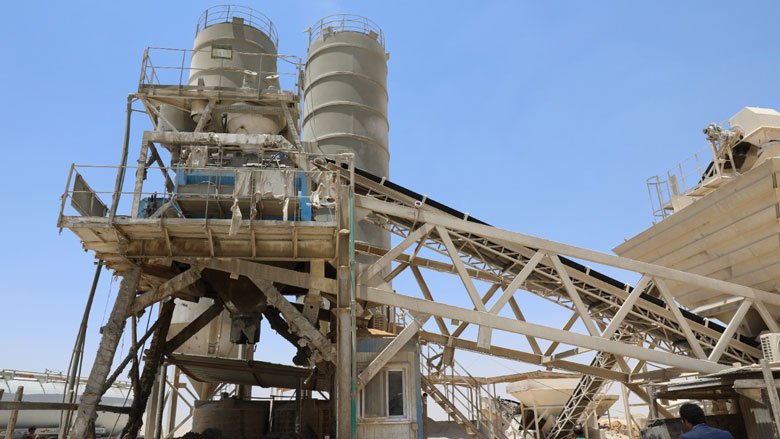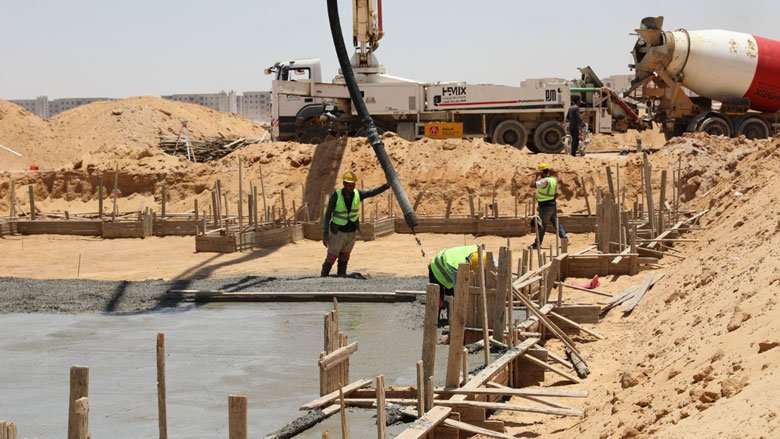Construction has already begun for the program¡¯s first pilot of 7,000 units that will be GPRS-certified, and the program aims to build 25,000 units over the next three years.
¡°With the World Bank¡¯s support, we are able to pilot green buildings in Egypt and accordingly protect the environment as well as save costs for both the country and its citizens¡± said Mounira Salem, an engineer and head of the newly established Environment Unit at the Social Housing and Mortgage Finance Fund.
Research shows that green buildings can reduce energy consumption by 24 to 50 percent and CO2 emissions by at least 3 percent (from 33 percent to 30 percent). Compared to existing social housing buildings, those under the GPRS certification will result in energy savings of about 30%. Each building will have its own photovoltaic solar panels for the building¡¯s utilities, which will generate enough power to light up stairs and areas surrounding the building, in addition to powering the motors for water pumps. The initial investment in the solar panels will be recovered in less than five years.
&²Ô²ú²õ±è;¡°The GPRS system supports a broader set of national climate efforts. This includes Egypt¡¯s 2030 Sustainable Development vision, which seeks to provide citizens with a better quality of life through availing clean water and energy resources and Egypt¡¯s 2050 National Climate Change Strategy, which encourages decreased emissions.¡± said Dr. Hend Farrouh, a professor of environment and sustainable urban development at the National Building and Housing Research Center, an Egyptian agency affiliated with the Ministry of Housing, Utilities, and Urban Communities.
The Green Pyramid System introduces climate-friendly practices in all stages of the buildings¡¯ lifetime. During the planning phase, the location of a building is decided by assessing how to get the maximum air flow into the unit, which improves air quality and the overall environment indoors. This ensures that a house is not too cold in the winter, nor too hot in the summer. Thermal comfort is also determined by the thickness of the walls, which is almost double that of existing housing units. Minimizing heat within the units also means residents will be less reliant on air conditioning and fans, which in turn result in energy savings.
All building materials are environmentally friendly and consume the least amount of energy possible. This alleviates the pressure of heavy construction costs on the national budget. To ensure that air quality is not compromised during the construction phase, equipment is used to prevent the dilution of material particles into air. All finishing materials used are free of Volatile Organic Compounds (VOCs) which are harmful chemical substances that dissolve into air, and are often found in building finishing materials. Using VOC free materials ensures that less pollution is caused during the installation of those materials and that the quality of air for residents in the area is not compromised.
Since 2015, the World Bank has supported Egypt¡¯s national housing program through its $1 billion (PforR). To date, the program has supported the delivery of over 420,000 subsidies to low-income households. More than half (51%) of the program¡¯s beneficiaries are below the age of 45, and one in five are women.
&²Ô²ú²õ±è;¡°Ä¾¹ÏÓ°Ôº is a firm believer that climate action is integral to the well-being of citizens and economies and the future of our planet. Through the GPRS and other interventions, we are committed to continuously supporting Egypt¡¯s ambitious climate endeavors,¡± said Marina Wes, the World Bank Country Director for Egypt, Yemen and Djibouti.
Egypt is also hosting in November 2022 in Sharm El Sheikh. It will focus on effectively mobilizing collective efforts for sustainable climate action, which will pave the way to stronger economies and healthier lives for citizens around the world.




